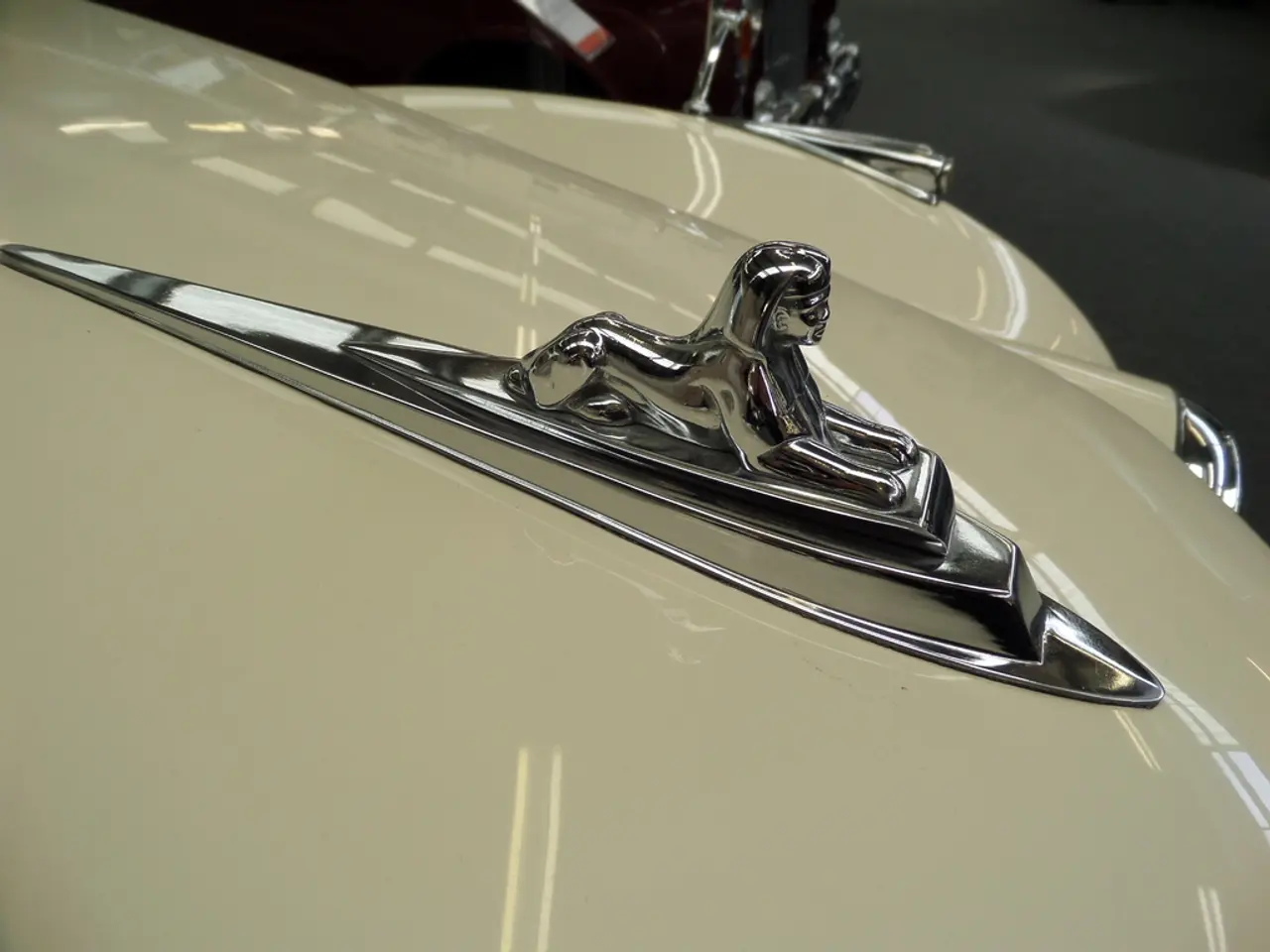Competition between Porsche Panamera Executive and Taycan is underway
In the world of luxury performance vehicles, two new contenders have emerged: the Porsche Panamera and the Porsche Taycan. Both models offer unique features and benefits, catering to different preferences among drivers.
Performance
The Porsche Panamera is a traditional gasoline-powered luxury sedan, also offering powerful hybrid variants (Panamera E-Hybrid). With a four-liter turbo engine, it provides a peak output of 782 PS and a peak of 1000 Newton meters, offering a dynamic driving experience rooted in internal combustion with classic Porsche handling characteristics [2][4].
On the other hand, the Taycan is Porsche’s all-electric performance sedan. It delivers instant torque and acceleration unique to EVs, with multiple power levels (such as Taycan base, Turbo, Turbo S), emphasizing instant responsiveness and zero emissions [2][4]. The Taycan Turbo S offers a brutal force with its maximum torque of 1,110 Newton meters and is surprisingly agile when running through curves.
Comfort and Interior
Both models feature top-notch materials and advanced technology, delivering a comfortable and luxurious cabin experience. They are equipped with digital instrument panels, upscale leather and trim options, ambient lighting, and premium sound systems like Burmester® [1][5].
The Panamera, being a larger luxury sedan, may offer a bit more traditional spaciousness, while the Taycan’s interior leans into modern electric vehicle design with a futuristic and highly tech-oriented cockpit [1][5]. The Panamera's interior features electrically adjustable individual seats and a large control unit in the middle, with two large screens on top.
Charging
The Panamera, in its gasoline-only variants, does not require external charging. However, the E-Hybrid versions can be plugged in for electric range. Charging infrastructure and times depend on the hybrid system used.
The Taycan, being fully electric, relies entirely on high-speed charging infrastructure, including Porsche’s own high-power charging network, allowing faster recharge times enabling longer journeys. Typical fast chargers can restore significant range within 20–30 minutes, a key advantage for long-distance usage in an EV [2][4].
Cost
The Panamera generally starts at a lower price point compared to the Taycan, especially when comparing base gasoline versions. However, when considering the E-Hybrid variants, costs can approach Taycan levels due to hybrid technology. The Taycan, as a fully electric luxury vehicle with advanced battery technology, tends to be priced higher, reflecting its electric powertrain and cutting-edge tech integration [3][4].
The base model of the Taycan starts at 102,600 euros, while the Taycan Turbo S, in its Sport Turismo version, is listed at 211,900 euros. The Panamera starts at around 116,000 euros, while the top model as an extended version costs 247,400 euros.
Popularity Among Conventional Porsche Drivers
Among traditional Porsche enthusiasts who value the classic gasoline engine sound and feel, the Panamera remains more popular due to its familiar driving dynamics and heritage. The Taycan is gaining traction, especially among newer or environmentally conscious buyers seeking cutting-edge electric performance, but some conventional drivers are still adapting to the EV experience since it differs fundamentally from Porsche’s traditional sports cars [1][2].
The Panamera's Active Ride Suspension provides a super grand tourer feel with a touch of cloud softness. The Taycan, with its two-speed transmission and 800-volt on-board network, is more compact than the Panamera, with a wheelbase of 2.90 meters. The Panamera's rear compartment offers ample legroom, similar to an old family train compartment, due to a 3.10-meter wheelbase.
The Porsche Taycan also offers a "Colors of your choice plus" position, allowing customers to choose the color of the car for an additional 22,122.10 euros. The Taycan charges incredibly fast, often pulling over 300 kW and recovering 80 percent state of charge in less than 20 minutes.
In summary, the Panamera excels as a luxurious performance sedan with traditional and hybrid powertrains offering a classic Porsche drive and relatively more approachable cost, while the Taycan stands out as a high-performance, all-electric sedan with instant acceleration and advanced charging but at a higher price point. Conventional Porsche drivers tend to prefer the Panamera for its familiar driving feel, whereas the Taycan appeals more to early adopters of EV tech within the Porsche community.
- The Porsche Community has shown a growing interest in the Taycan, especially among newer or environmentally conscious buyers, as it caters to those seeking cutting-edge electric performance.
- Vocational training programs focusing on electric-vehicle technology might benefit from the popularity of the Taycan, as it offers a firsthand look at advanced charging systems and electric powertrains.
- The finance department of the industry may need to consider the cost differences between the Panamera and the Taycan when extending loans for luxury performance vehicles, as the Taycan tends to be priced higher due to its electric powertrain and technology integration.
- As the transportation sector increasingly focuses on sustainable options, the lifestyle of car enthusiasts could undergo a transformation with the rise of electric vehicles, such as the Porsche Taycan, and the implementation of charging infrastructure to improve long-distance journeys.




